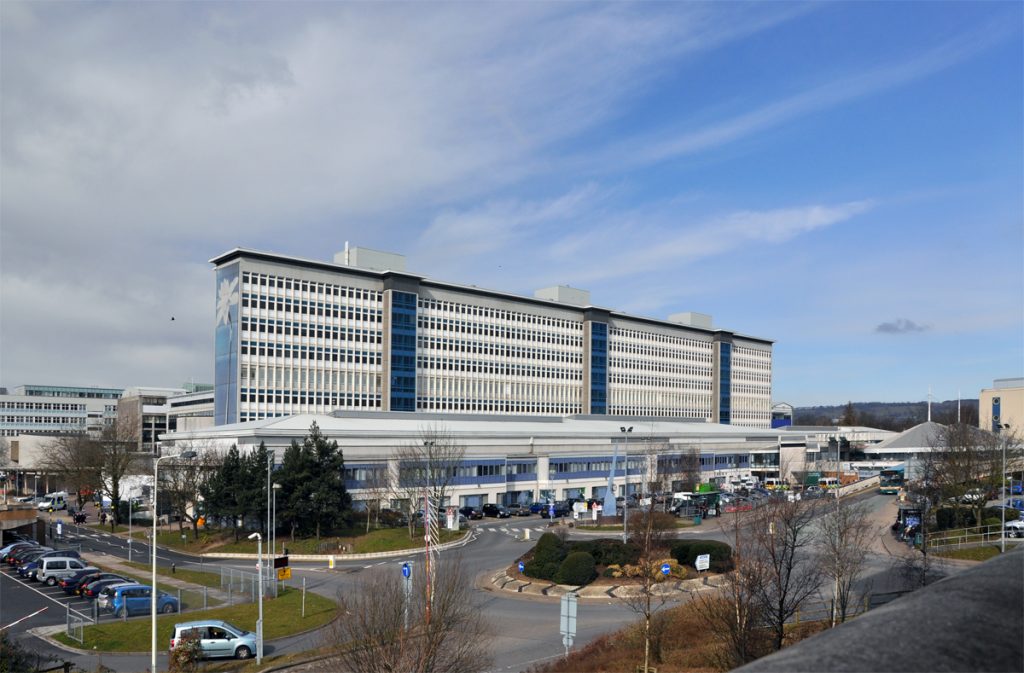Wales is one of the worst performers when it comes to cancer survival and only investment in our diagnostic workforce can improve things, writes Andy Glyde
If we are serious about improving cancer survival in Wales, we must tackle gaps in our NHS workforce.
Cancer in Wales is something of a mixed bag. On the positive side, survival of cancer continues to improve. Over half of people (58.5%) now survive their cancer for five years or more, which is a significant improvement from the one in four in the 1970s.
The bad news though is that international studies like the International Cancer Benchmarking Partnership continue to place Wales amongst the worst performing nations for cancer survival, meaning that even more lives could be saved if we were able to catch up with the best.
Research consistently shows us that one way to improve cancer survival is to diagnose cancers at an earlier stage, when treatment is more likely to be successful. For the eight most common cancers combined, survival is more than three times higher for those diagnosed at stage 1 or 2, compared to stage 3 or 4.
Right now in Wales, only half of the 19,000 cancer diagnoses each year are at an early stage. We diagnose 85% of female breast cancers at stage 1 or 2 but only 28% of lung.
Cancer Research UK’s top priority for Wales is to see early diagnosis rates improve. We’re pleased that the Welsh Government and NHS Wales both share this ambition. Achieving it won’t be easy.
Public awareness of symptoms, GP willingness to refer, and NHS performance (waiting times) are just some of the factors at play. Most critically, we must ensure we have the right staff in place to test and diagnose cancer. Unfortunately, we know this aspect of the NHS workforce has too many gaps and is under strain.
In August 2019, the Welsh Government released the first cancer waiting time results under the new Single Cancer Pathway. This new system brings together two previous waiting time metrics to provide a much more accurate picture of patient experience during their diagnosis of cancer.
Rather than just measuring the waits for patients who go down the more traditional (and optimal) route to diagnosis of GP > cancer test > diagnosis, the Single Cancer Pathway looks at patients through other routes, including those diagnosed via an emergency presentation, screening, or because they had vaguer symptoms that didn’t warrant being placed on an urgent pathway.
The first results found that 74.4% of patients started treated within 62 days of cancer being suspected. The target is 95% which means there’s significant work to be done.
Cancer Research UK has publicly supported the Health Minister’s decision to implement this new system. It is the most ambitious of its kind in the UK and if used correctly, it should also act as a driver to increasing capacity in diagnostic services. But that will only happen if we start addressing workforce gaps.
In June, we published our latest paper looking at the diagnostic workforce in Wales. What we found was concerning:
- 30% of consultant radiologists are expected to retire by 2021
- All but one Health Board is struggling to recruit and retain enough radiographers
- Around a third of cellular pathology consultant posts are vacant, while 17% are locums
- 11% of endoscopy nurse posts are vacant
All of this should be seen in the context of rising demand for diagnostics. The number of cancer cases in Wales is set to rise to 25,000 per year by 2035. We have an ageing population, and attempts to diagnose more cancers earlier will require more tests in the future. Doing nothing is not a viable option.
‘Recruit more doctors and nurses’ is not easy or simple to achieve and similar workforce gaps can be found across the UK. But there are solutions available.
International recruitment offers short term options, while increasing training places will help in the longer term. We also need to look at how we use the existing workforce more effectively, training up staff to take on roles to free up consultant time, adopting a national skills mix approach.
There is some work underway already and this is to be welcomed. Most notably, the health and social care workforce strategy being developed by Health Education and Improvement Wales and Social Care Wales presents an opportunity to take a more sustainable approach to workforce planning.
We at Cancer Research UK are calling for this strategy to be adopted to make the diagnostic workforce a priority. Critically, not only will this improve cancer diagnosis and care, it will have a big impact for many other disease areas too. But only if we take a bold and ambitious approach to our NHS workforce.
Our paper on the diagnostic workforce in Wales can be found here.
All articles published on Click on Wales are subject to IWA’s disclaimer.





